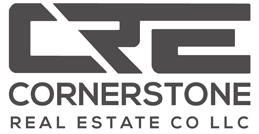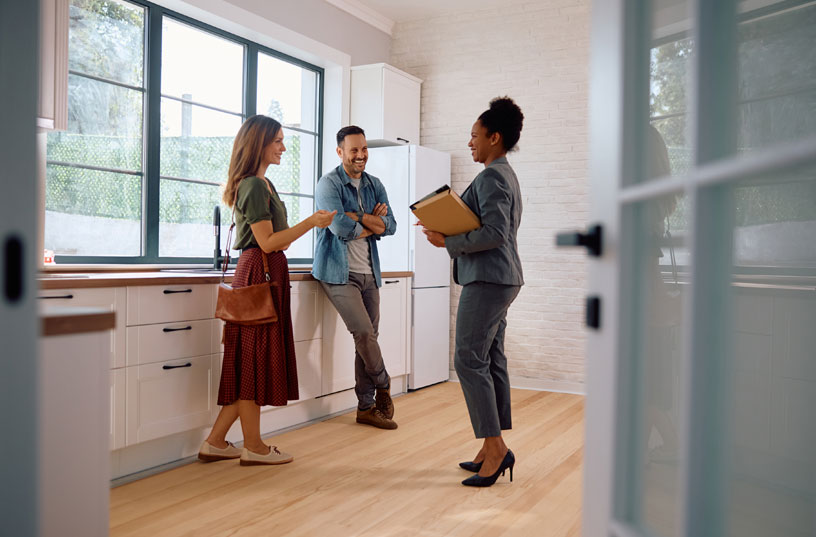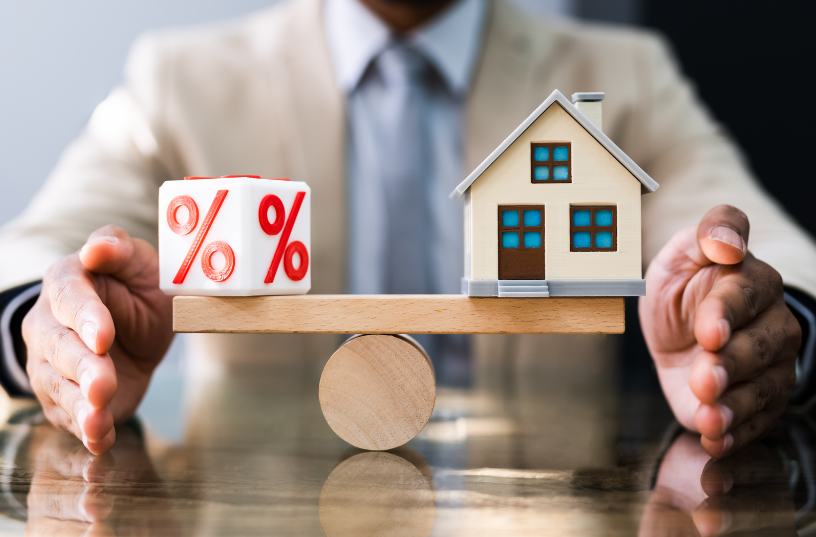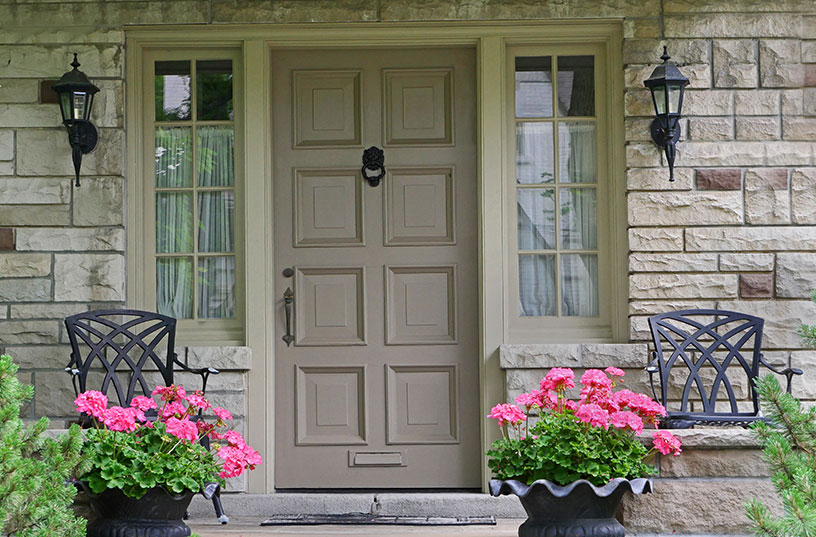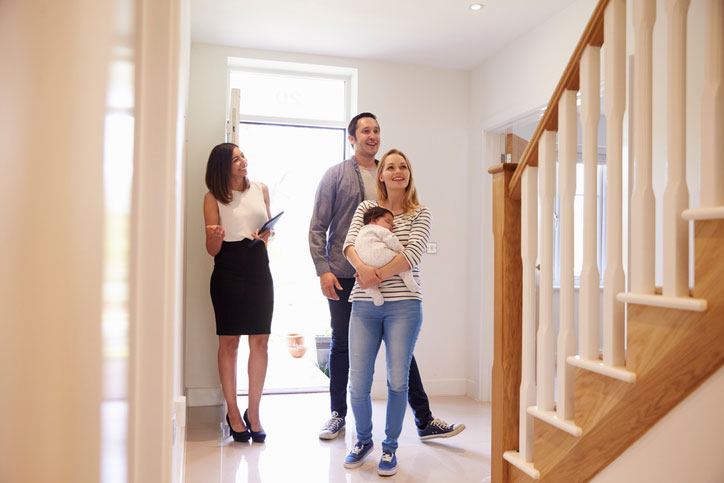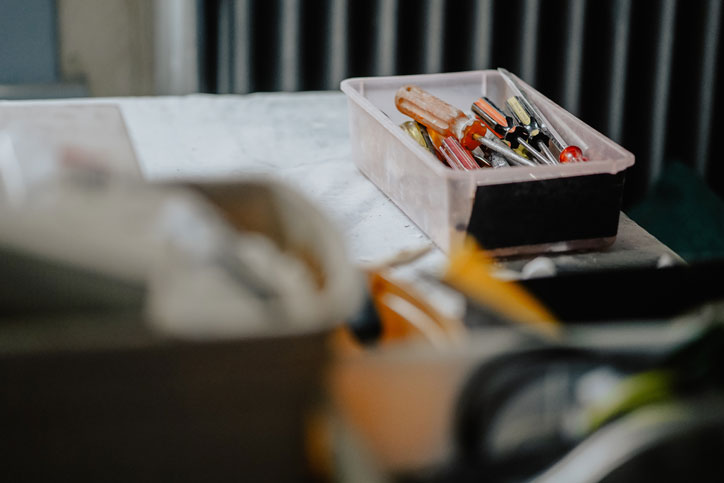Selling your home is not an easy process. From the emotional connection you may have with your home, to the long list of details you need to consider, putting your home up for sale is often fraught with stress. While we can’t make it stress-free, we can make the selling process much smoother by helping you avoid the most common mistakes people make when selling their home.
1. Overpricing:
If you’ve been in your home for many years, you probably have a lot of great memories. Chances are, you’ve also made improvements over the years that you love. Because of this emotional attachment, the tendency is to overvalue your house. However, buyers don’t share those sentiments, and they will often skip over a home priced higher than comparable homes in the area. In fact, the most common reason a house doesn’t sell is the price.
Of course, we all want to get the most out of our home investment, especially if you’re upsizing or moving to a more expensive area but asking for too much can deter potential buyers and keep your home on the market longer. And the longer a home sits on the market, the less buyers feel like they need to put in an offer quickly.
One of the most important steps you can take when selling your home is determining the right price. Working with a trusted real estate agent can help you set that price by providing you with a Comparative Market Analysis (CMA), which is a compilation of recent sales in your area. The CMA will take into account home details, days on the market, and final sales price. It’s also important to consider things like seasonality (spring is considered the best time to sell a home), inventory of similar homes in your area, and whether it’s a buyer’s or seller’s market.
2. Lack of Curb Appeal:
You may not be able to judge a book by its cover, but many home buyers do judge a house by its curb appeal. Poor curb appeal can discourage buyers from touring a home. It can also make buyers believe the property is worth less than the asking price. In fact, one real estate study found that a good-looking, well-maintained exterior can increase a home’s value by as much as 7%.
Sometimes, improving the outward appearance of a home can be as simple as a fresh coat of paint (or simply painting the front door), cleaning up the landscape (removing weeds and overgrown bushes), and planting some lovely flowers. In other cases, the problems are much bigger. It’s important to take an honest assessment of the home’s condition, including the yard, and either invest in improvements or price the home accordingly.
3. Poor Presentation:
Once you get potential buyers to tour your home, how does it look and feel from their perspective? If rooms are crowded with furniture and personal belongings, a home can look small and cramped. It also makes it harder for buyers to visualize living in the space. Chipped paint, dirty carpets, foul odors, outdated features, and lack of lighting can all be major turn-offs.
If you’re able to make some minor improvements, such as painting, decluttering, having carpets professionally cleaned, and updating faucets and light fixtures, it can make a big difference in how quickly your home sells and at what price. Working with a professional staging company or real estate agent with staging experience can also be very beneficial. According to the National Association of Realtors (NAR), for every $100 invested in staging, the potential return is $400. That’s because staging can help highlight a home’s features, while downplaying potential negative aspects. It can make rooms look bigger and more inviting, and “depersonalize” spaces to make them more appealing to potential buyers.
4. Ineffective Marketing:
Today, 100% of buyers shop for homes online. That’s right, all homebuyers use the internet at some point in their search process, and more than half (52%) of recent buyers found the home they purchased through the internet. However, they aren’t going it alone: Most buyers are also working with a real estate agent or broker, according to NAR. This means it’s imperative for sellers to list online.
And thanks to the internet, buyers have come to expect impressive photos of the homes they’re considering. Professional real estate photography is no longer simply “nice to have,” it’s a necessity, especially in a competitive market. Photos of your home are typically the first thing potential buyers see, and you want to leave a great first impression. One study found that homes with high-quality photos sell 32% faster than those with standard or low-quality photos.
Finally, a weak or inadequate marketing strategy can limit exposure of your home and reduce its chance of selling. This is another good reason to work with a real estate professional who understands the market, who your target audience is likely to be, and knows how to reach them with current methods.
5. It’s a “Fixer Upper:”
If your home has not been well-maintained or updated over the years, it could be hard to sell. Unless you’re specifically marketing your home as a “fixer upper,” the need for major repairs and updating will deter many potential buyers. If you’re able to make some repairs before putting your home on the market, it’s advisable to do so. Focus on major issues such as leaks in the roof or basement, or cracks in the walls or foundation. Making cosmetic changes like painting the walls and updating some fixtures (see #3) can also improve your chances of selling “as is.”
If you’re concerned about potential problems with your home, you might consider hiring an inspector to look at the house before listing it. This way, you can set an appropriate price and be forthright with potential buyers. If there are known issues, you may also offer a repair credit.
Today, Millennials comprise 43% of homebuyers, the highest share of any generation. Why is this important? Because recent studies, including one by TD Bank, found that nearly 80% of Millennials want “move-in ready” homes. They avoid fixer-uppers. In fact, a NAR study found that 70% of Millennials would choose a smaller home, giving up the need for more space, to secure a move-in ready home.
It’s Complicated
It can be very frustrating to have your home listed on the market for a long time without much interest from prospective buyers. The average time a house spends on the market before being sold varies but generally ranges from 55 to 70 days. In addition to the reasons listed above, there are a number of factors that could be hindering the sale of your home, including a slow market, an undesirable location, or an unusual layout, just to name a few. In other words, selling your home can be a complicated process. You may need to be willing to negotiate on the price or offer incentives such as a home warranty or paying closing costs.
The best advice is to work with an experienced real estate agent that understands the market. He or she can help you throughout the entire process, from setting the right price and developing an effective marketing strategy, to recommending repairs and staging your home to present it in the best possible light.
